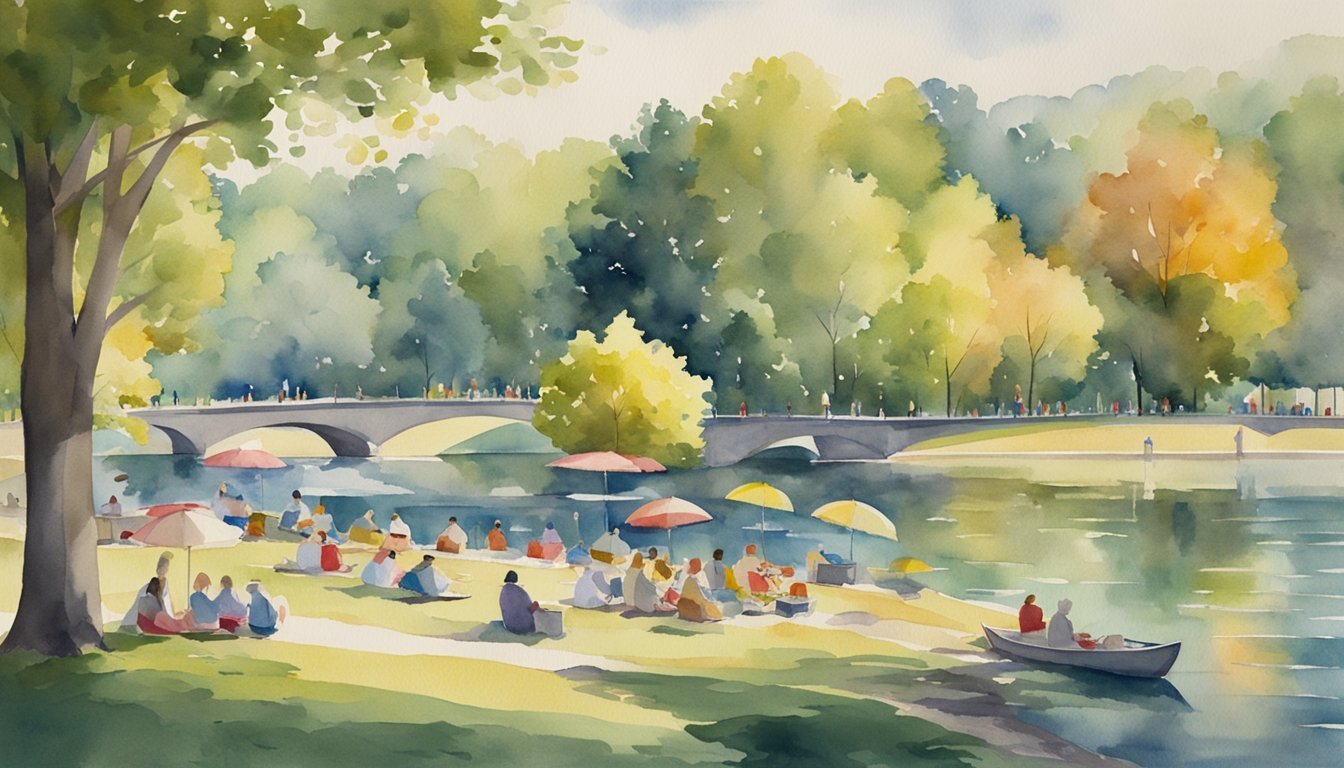Ferris Bueller and the Art Experience
“Ferris Bueller’s Day Off” not only showcases the high jinks of skipping school but also presents a profound engagement with art that leaves a lasting impression on its characters and the audience.
The Cultural Impact of a Day Off
When “Ferris Bueller’s Day Off” premiered in 1986, it quickly garnered attention for its irreverent take on high school life and the pursuit of freedom. Directed by John Hughes, the film balanced sharp humor with memorable cultural moments. One such moment is the museum scene at the Art Institute of Chicago, which resonates significantly with audiences. Hughes merges the lightheartedness of a teen comedy with a deeper appreciation of art, making this film an iconic piece of 80s culture. Its impact extends beyond entertainment into the realms of art appreciation and the recognition of personal reflections. The soundtrack, featuring artists like The Beatles and Wayne Newton, also became a crucial part of the era’s pop culture tapestry.
Exploring the Art Institute of Chicago
In a pivotal “Ferris Bueller’s Day Off” scene, the characters visit the Art Institute of Chicago, where the power of art to evoke emotion is on full display. The museum visit is a significant detour from Ferris (Matthew Broderick), Sloane Peterson (Mia Sara), and Cameron Frye’s (Alan Ruck) day of truancy and serves as an essential pause, allowing characters—and thus viewers—to reflect on life’s finer things. The scene involving Cameron Frye fixated on George Seurat’s “A Sunday Afternoon on the Island of La Grande Jatte” demonstrates a profound connection to art that is both personal and introspective. Through this silent exchange between character and painting, the film eloquently communicates the role of fine arts in provoking thought and emotional response.
The Significance of ‘A Sunday Afternoon on the Island of La Grande Jatte’

Georges Seurat’s masterpiece, ‘A Sunday Afternoon on the Island of La Grande Jatte,’ revolutionized the art world with its innovative use of color and form. This iconic painting is not only a prominent example of pointillism but also a pivotal moment in the redefinition of artistic expression.
Pointillism and Perception
Seurat’s ‘A Sunday Afternoon on the Island of La Grande Jatte’ is a landmark of the pointillism technique, where small, distinct dots of color are applied in patterns to form an image. This meticulous method creates a vibrant play of light and a unique visual experience for the viewer. The dots of color, while separate at close proximity, visually blend at a distance to reveal the scene in full. This technique underscores the interaction between light and color, expanding the boundaries of how artworks communicate these elementary aspects of perception.
Redefining Artistic Form and Meaning
The composition of ‘A Sunday Afternoon on the Island of La Grande Jatte,’ prominently featuring about 40 figures and a little girl at its center, exemplifies an orchestrated snapshot of Parisian society. Seurat’s work surpasses the mere depiction of leisure by also engaging with the viewer on multiple layers of form and meaning. Each brushstroke and nuance of color in the painting is a deliberate part of a larger visionary tapestry, conveying harmony and structure representative of the newly industrialized world. Through this artwork, Georges Seurat invites the viewer to contemplate both the subject and the medium, thereby contributing to a profound narrative about the nature of art itself. Seurat’s meticulous technique, known as Pointillism, reinforces this sense of order, as each dot of color interacts precisely to create depth and luminosity. This method draws a fascinating parallel to the way ancient cultures used symbolic markings, much like the Ötzi the Iceman tattoos, which carry both aesthetic and cultural significance. In this way, Seurat’s painting not only captures a fleeting moment in modern society but also connects to a broader historical dialogue on artistic expression and meaning.

